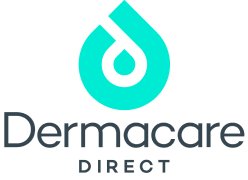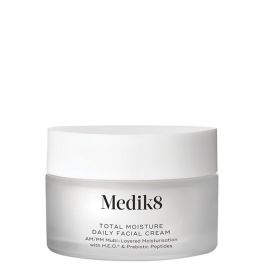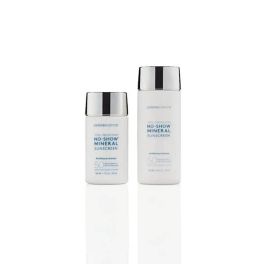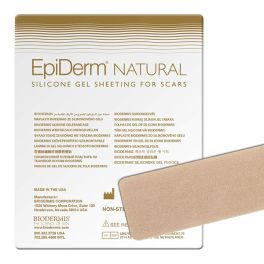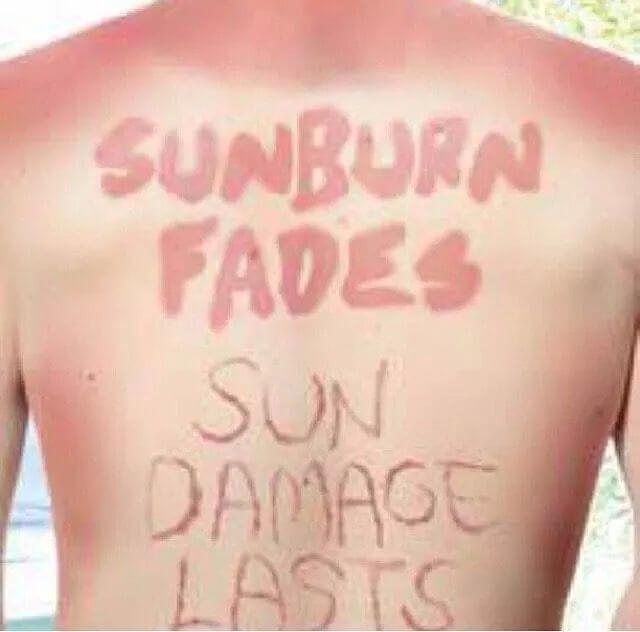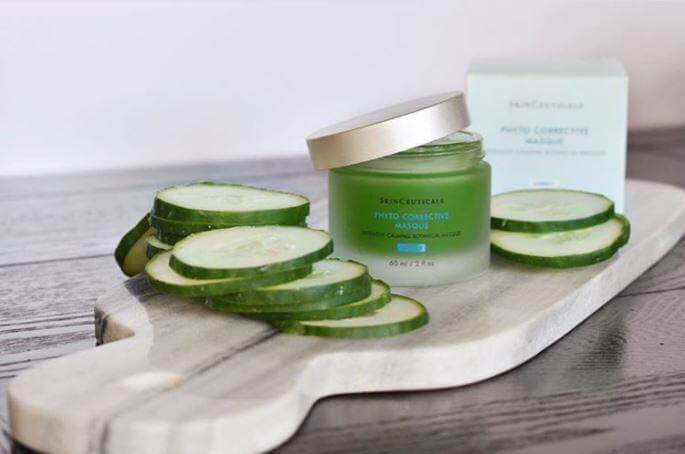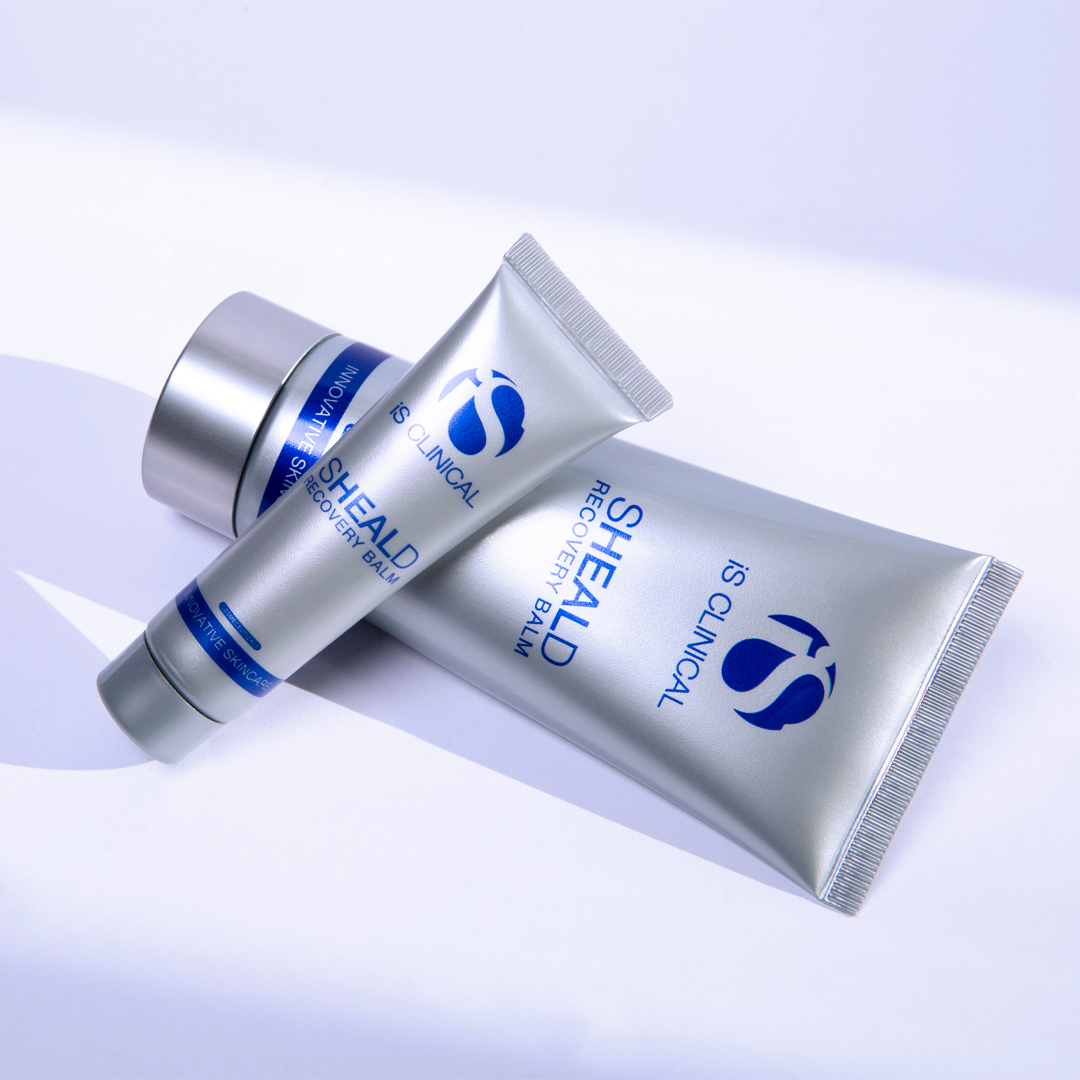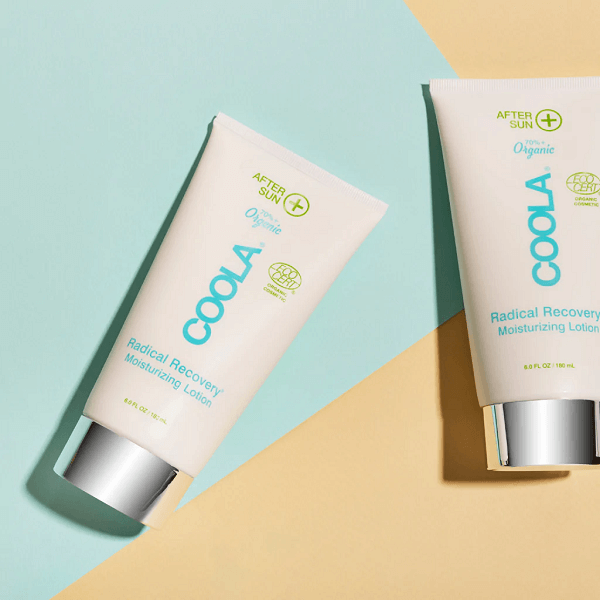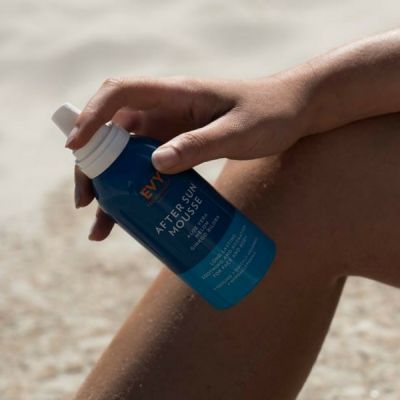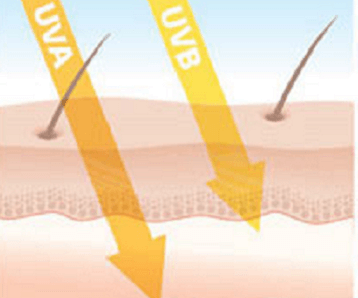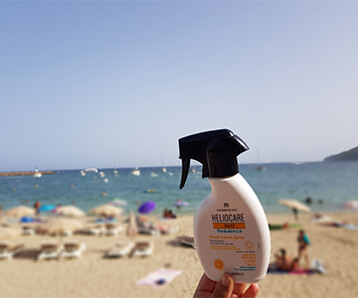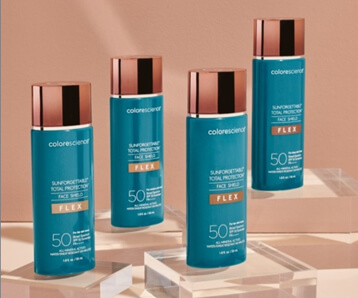The top sunburn-soothing products, according to our Skincare Experts Posted on 19 Jul 2022
What is Sunburn?
A sunburn indicates a massive amount of UVB rays have entered your skin. It causes DNA damage that can lead to skin cancer in the future.
Your risk of burn increases with:
Fair-skinned people will sunburn faster than people with olive or brown skin. But remember, every skin type can sunburn.
Longer duration in the sun.
UVB rays are most intense:
- during the middle of the day between 10 am and 3pm
- in the summer
- the closer you are to the equator
- when they are reflecting off things like sand and snow (sand and snow reflect up to 85% of UVB making for really intense exposure)
Clouds don’t really block much of the UVB rays and they penetrate into water too.
The harmful UVB rays cause inflammation that leads to pain, redness, and swelling. When severe, the fluid seeps between the cells of the epidermis and split the spaces open into blisters.
The process involves:
- Redness usually starts to show up 6 hours after excessive UVB exposure. It peaks about 12-24 hours later. It can show up faster and be more severe in extreme sun exposure (i.e. really fair skin on a tropical beach)
- Tenderness, which follows the redness.
- Blistering happens after extreme exposure.
- Peeling usually occurs in a week, regardless of whether there was blistering.
- Really severe exposure will also cause skin swelling (edema), fever, chills, nausea, rapid heart rate and even dangerously low blood pressure. This can last up to a week and can be a medical emergency.
Every year, 2,600 people in Britain die from skin cancer. Over the past 25 years, the rate of malignant melanoma has risen faster than any other cancer, probably as a result of the increasing numbers taking foreign holidays. Skin cancer is that though diagnosis can happen in adult life, it often relates to damage as a child - it just takes a long time to develop.
This highlights the importance of wearing (and reapplying) sunscreen at any age, as well as wearing a large hat and sunglasses.
Ideally, you should aim for ingredients that calm irritation, combat free radicals and the oxidative stress which comes from sun exposure, and help to rebalance and hydrate the skin.
Alhydran - Medical aftercare for the skin
Aloe vera is a highly recommended ingredient after sun exposure. It has a “cooling” effect on the skin and contains a multitude of nutrients including vitamin A, C, and E, vitamin B12, folic acid, enzymes, fatty acids, and minerals such as calcium, magnesium, and zinc.

Oxygenetix Oxygenating Hydro-Matrix Moisturiser
Another aloe vera based skincare product, which is great for sunburns, post-laser, or red sensitive skin.This Oxygenating moisturiser hydrates sensitive post-procedure skin while promoting healing. Unlike other moisturisers that sink into the skin or dry to leave a barrier over the surface which can suffocate the skin, the Pro-Healing Moisturiser forms a breathable ‘second skin’ layer. This allows oxygen to reach the epidermis. Providing essential hydration and ingredients to improve the healing process it also soothes sensitive skin for a more comfortable aftercare experience.
Try Skinceuticals Phyto Corrective Masque for Instant Relief
Phyto Corrective Masque is an intensive calming botanical face mask formulated with a unique blend of cucumber, thyme, and olive extracts and hyaluronic acid to help rehydrate and soothe temporarily reactive skin.
For best results apply at night, sleep with it on and wake up with radiant-looking skin.
It is our go-to in-clinic product after any procedure.
iS CLINICAL Sheald Recovery Balm
Peter Thomas Roth Cucumber Gel Mask
A soothing gel mask for all skin types, especially sensitive skin. Formulated with cucumber and aloe vera, to instantly soothe and aid relief after procedures such as waxing, shaving, peels and even sunburn. Also, papaya, orange, and pineapple extracts, that are rich in antioxidants to target free radicals.
COOLA Radical Recovery After Sun Lotion
A moisture-locking base of Organic Agave and Aloe Vera is enriched with a globally curated range of antioxidant and vitamin-intensive boosters - including Rosemary Extract and the nurturing oils of Lavender, Sunflower, Sweet Orange and Mandarin Peel, along with calming Cedarwood.
EVY After Sun Mousse
The unique EVY technology distributes the aftersun mousse throughout the entire top layer of the skin rather than staying on the surface. It creates an extra durable, long-lasting effect and doesn’t rinse or rub off. The formula creates a protective barrier that reinforces the skin's natural defence with a silky smooth feel. The ingredients are carefully selected to cool and soothe slightly sunburned and irritated skin.
How long should you keep sunburned skin out of the sun?
Sunburned skin should also not be re-exposed to the sun until it is entirely healed, which can be 2-3 weeks. This is because the outer protective dead skin cell layer is damaged so more harmful UV rays will pass into it.
When it comes to sunburn prevention is really important!
- Wear a broad-spectrum sunscreen with an SPF 30 or higher and reapply every 2 hours
- Wear sun-protective clothing when you're in the sun
- Wear a hat to create shade over your face
- Wear UV-blocking sunglasses too
- Seek the shade and avoid being in the direct sun as much as possible between 10am and 3pm.
